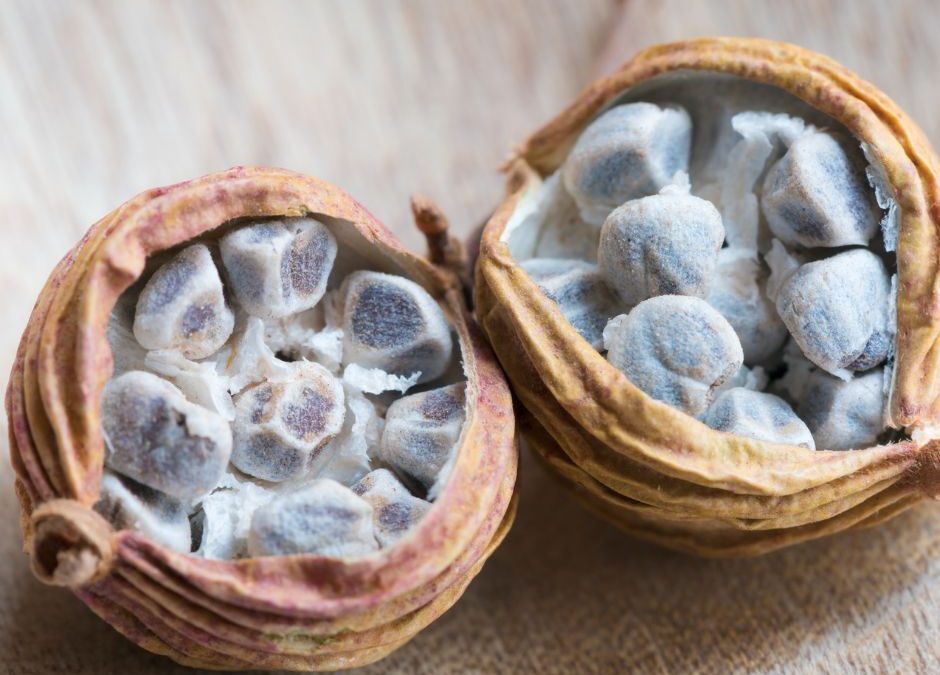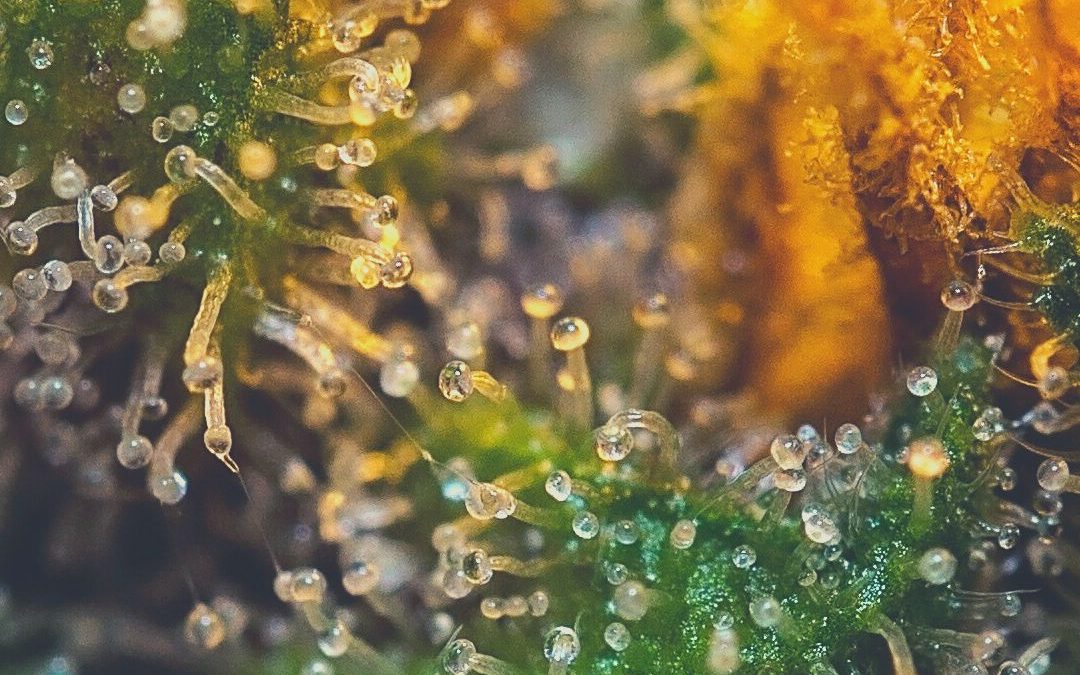
Uncovering the Potent Health and Aromatic Benefits of Linalool
What are the benefits of Linalool?
Linalool is a terpene found in various plants, including lavender, mint, and coriander. It is known for its floral and slightly sweet scent and is often used in perfumes and fragrances.
In addition to its use in the fragrance industry, linalool has a number of potential medicinal properties. It has been shown to have sedative effects and may be effective in reducing anxiety and stress. It has also been studied for its potential to reduce inflammation and pain and may have anticonvulsant and antipsychotic effects.
The endocannabinoid system is one of the primary mechanisms through which linalool exerts its effects. This complex system of neurotransmitters and receptors plays a role in a wide range of physiological processes, including pain, inflammation, and mood. Linalool has been shown to interact with the endocannabinoid system in a number of ways, including modulating the activity of specific receptors and increasing the production of certain neurotransmitters.
Read more Official Guide to Craft Cannabis
In addition to its effects on the endocannabinoid system, linalool has also been shown to have antibacterial and antiviral properties. It has been used to treat various infections, including respiratory and skin conditions. It may also have the potential as an antioxidant and has been studied for its ability to protect against oxidative stress and cellular damage.
Finding the Potent Health and Aromatic Benefits of Linalool
Despite its potential medicinal properties, linalool does have some potential side effects. It may cause drowsiness or dizziness in some individuals, and high doses may cause respiratory depression. It should also be used with caution in individuals with liver or kidney dysfunction, as it may affect liver function and potentially cause kidney damage.
Despite these potential side effects, linalool has a relatively low level of toxicity and is generally considered to be safe when used in appropriate amounts. It is important to note, however, that more research is needed to fully understand the potential risks and benefits of linalool, and that it should be used with caution.
In conclusion, linalool is a terpene found in a variety of plants, including lavender and mint. It is known for its floral scent and has a number of potential medicinal properties, including sedative, anxiolytic, and anti-inflammatory effects. It interacts with the endocannabinoid system and has antibacterial and antiviral properties. While it is generally considered to be safe, more research is needed to fully understand its potential risks and benefits.
Learn more about terpenes https://partakecannabis.ca/the-amazing-science-behind-terpenes/#pillar_content




